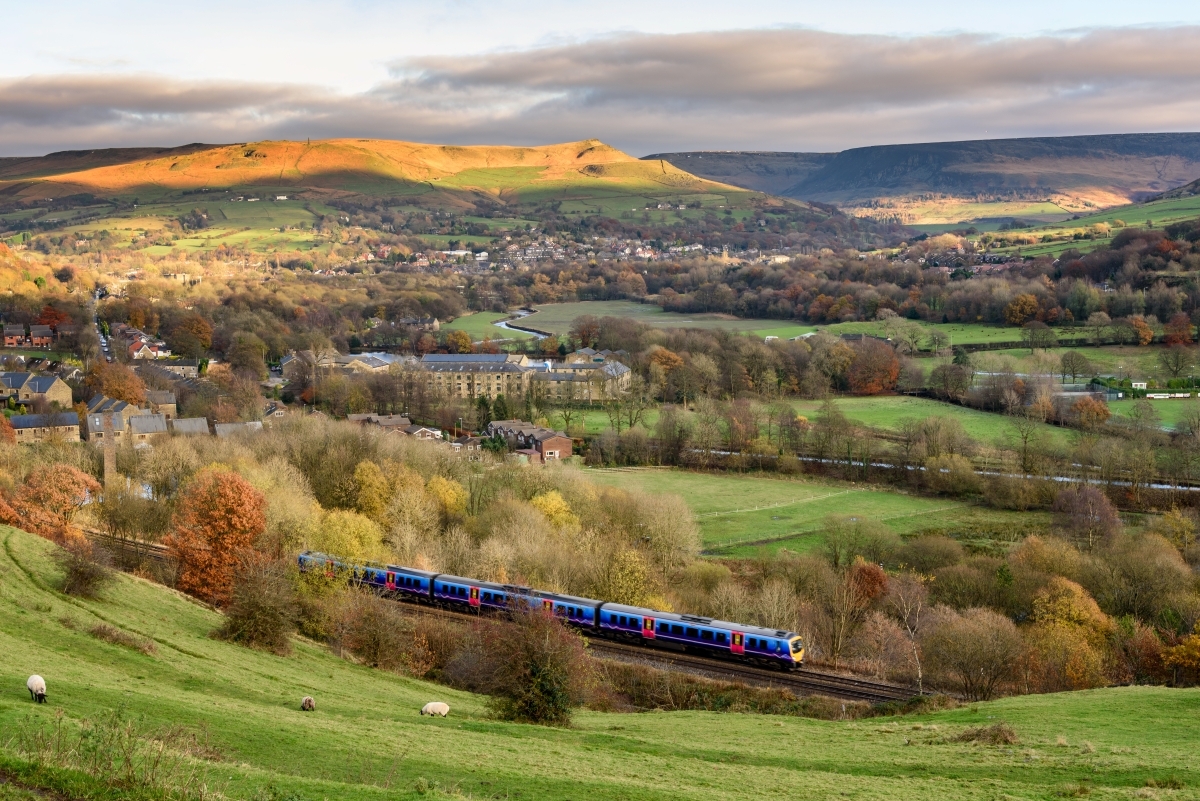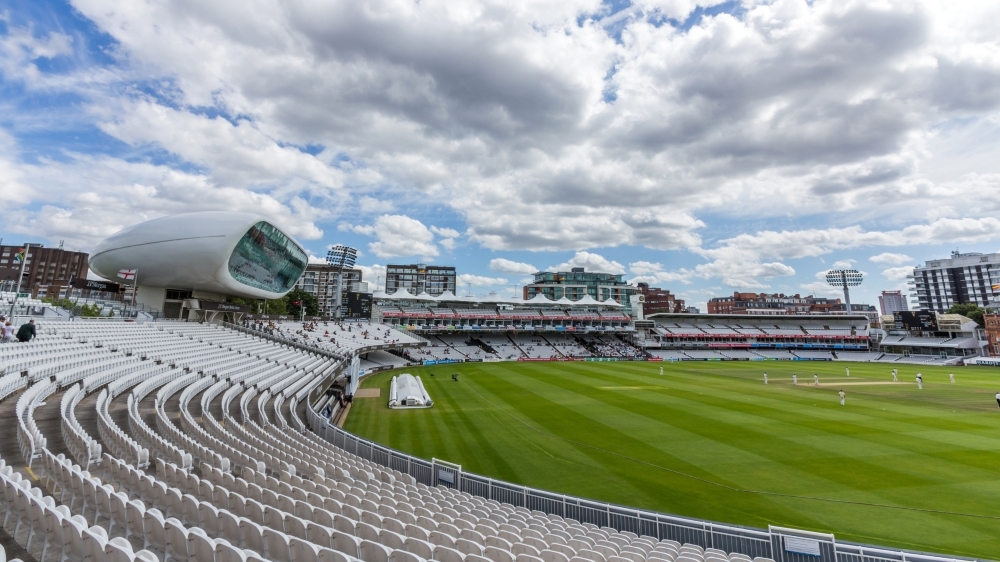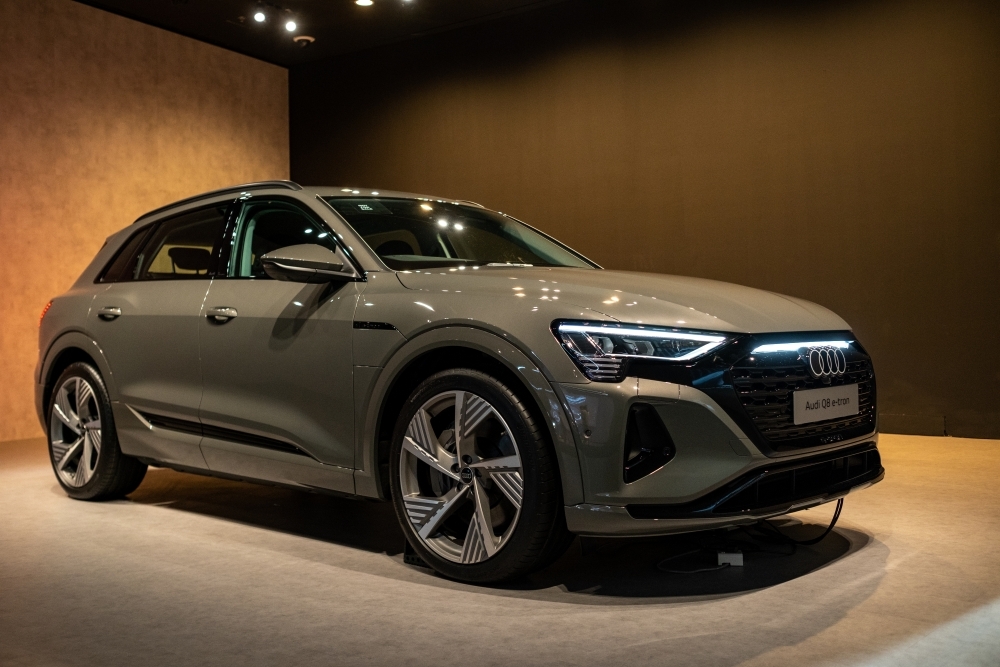The Best Cycle Routes in London - See The City on Two Wheels
Gliding past glass skyscrapers in the City of London, weaving through Georgian terraces in Holland Park, or pedalling alongside moored houseboats and tree-lined towpaths through Kew – London is a city made for bikes. Whether you’re commuting, sightseeing, or just out for a relaxed weekend ride, London’s mix of world-renowned architecture, lush green spaces and waterside paths makes it a thrilling city to cycle around.
Thanks to major investment in cycleways over the past decade, the capital now boasts an extensive network of routes that offer a safe, scenic and efficient way to navigate the city. Initiatives such as the Quietways and the Cycleways network, alongside traffic-calming measures and low-traffic neighbourhoods, have made central and suburban cycling one of the most viable methods of city-wide transport. Today, riding a bike is a defining part of London’s identity. Below we present the best cycle routes in London for a mixture of all abilities wanting to explore it on two wheels.

Regent’s Canal Towpath & Thames Path
A peaceful, 8.5-mile ride from Little Venice to Limehouse Basin, the Regent’s Canal Towpath is one of London’s most visually engaging routes. Passing colourful houseboats and cafés, Camden Market, and pockets of tranquillity along the canal, it offers some of the best sights of Central London. The mix of tarmac and gravel underfoot, paired with the flat canal pathway, makes it perfect for everyone from casual riders to families wanting to avoid the busy city roads.
To extend the ride, the Thames Path from Limehouse offers a broader riverside experience, stretching from east to west. The South Bank section is one of the highlights, running past famous landmarks like the London Eye, Tate Modern and Tower Bridge. It’s best tackled either earlier or later in the day to avoid heavy congestion from pedestrians, especially passing through crowds of tourists snapping photos along the embankment during summer.
Hyde Park and Kensington Gardens
Two of London’s most beautiful parks offer a cycle route perfect for new cyclists or anyone seeking a more leisurely circuit. At roughly 3 miles, the loop around Hyde Park and Kensington Gardens is scenic, with wide, well-paved paths and virtually no gradients. Highlights include the Serpentine Lake, Speaker’s Corner and the Princess Diana Memorial Fountain.
With so many major landmarks and museums around, this is an ideal ride to combine a spot of exercise with sightseeing, particularly with young children in tow. London institutions such as the V&A, Natural History Museum, Harrods and the Royal Albert Hall are all close at hand, and make for the perfect follow-up to a relaxing ride around central London’s most beautiful green spaces.
Richmond Park
Cyclists can try escaping the city entirely by pedalling through over 2,500 acres at London’s largest Royal Park, famous for its free-roaming deer and sprawling woodland. The main cycling loop is a 7-mile circuit with some moderate inclines that are enough to raise the heart rate without overexerting oneself. It’s an accessible part of the city for all levels, and a fitting challenge for keen riders setting off from further afield, riding to the park.
Road cyclists will appreciate the smooth tarmac and car-restricted zones, while single-tracks and other off-road trails provide something a little wilder for the more adventurous, especially if any of the local deer make an appearance running the trails. The option to extend the ride by cycling back and up Richmond Hill, or along the riverbank, should prove a tempting proposition on beautiful sunny days to enjoy one of the most idyllic parts of London.
The Cycle Superhighways
For those who look to cycle as a means to get from A to B, the Cycle Superhighways have been game-changers for two-wheeled transport. These dedicated, largely segregated lanes cut through London’s busiest roads, offering a safe and speedy route through what would otherwise be dangerously congested roads. Popular routes include CS3 from Barking to Tower Gateway, and CS7 from Colliers Wood to the City, and are especially popular during rush hour with commuters.
Well-maintained and designed for efficiency, the superhighways suit confident cyclists who want to race across the capital in excellent time. Whilst certainly popular, they provide one of the most efficient ways to cover long distances across the city, and are a great opportunity for riders wanting to improve their speed, skill and stamina, tackling some of London’s fastest cycleways.
Olympic Park to Epping Forest
Starting from the Queen Elizabeth Olympic Park in Stratford and heading north-east to Epping Forest, this ride covers roughly 20 miles each way, with the option to extend further within the forest’s vast trail system. This cycle route offers a mix of landscapes, taking riders through built-up Leyton, the village-like Walthamstow and leafy green Chingford, before reaching the edge of the forest.
Once inside Epping Forest, the terrain becomes more varied. Winding woodland roads are peppered with the occasional gravel stretches, and some sharp inclines demand strong legs and efficient use of gears. It’s also a route that is long enough to offer decent endurance-building and technical enough to keep experienced riders engaged. Traffic is moderate along the urban sections, but thins out significantly after Chingford, offering more breathing room and the opportunity to fully immerse oneself in the woodland surroundings.
Box Hill Loop
One of the most popular longer rides for serious cyclists in the capital, the route begins in Richmond Park, before weaving through the quiet roads of Kingston and the Surrey Hills and arriving at Box Hill. As a round trip, the ride can go up to 50 miles depending on the route taken, and includes several climbs, notably the Box Hill Zig Zag Road – a mile and a half climb up to the eponymous hill top.
Traversing from busy roads into the city, to rolling countryside once you exit Greater London, traffic conditions vary along the way, especially around Richmond and Kingston during peak times. On the hill itself, cyclists should expect some fast descents, narrow roads, and more rough and rural terrain, which may not suit less confident riders. With that said, the area’s views and deep natural beauty make it well worth the effort for those up for a challenge.



